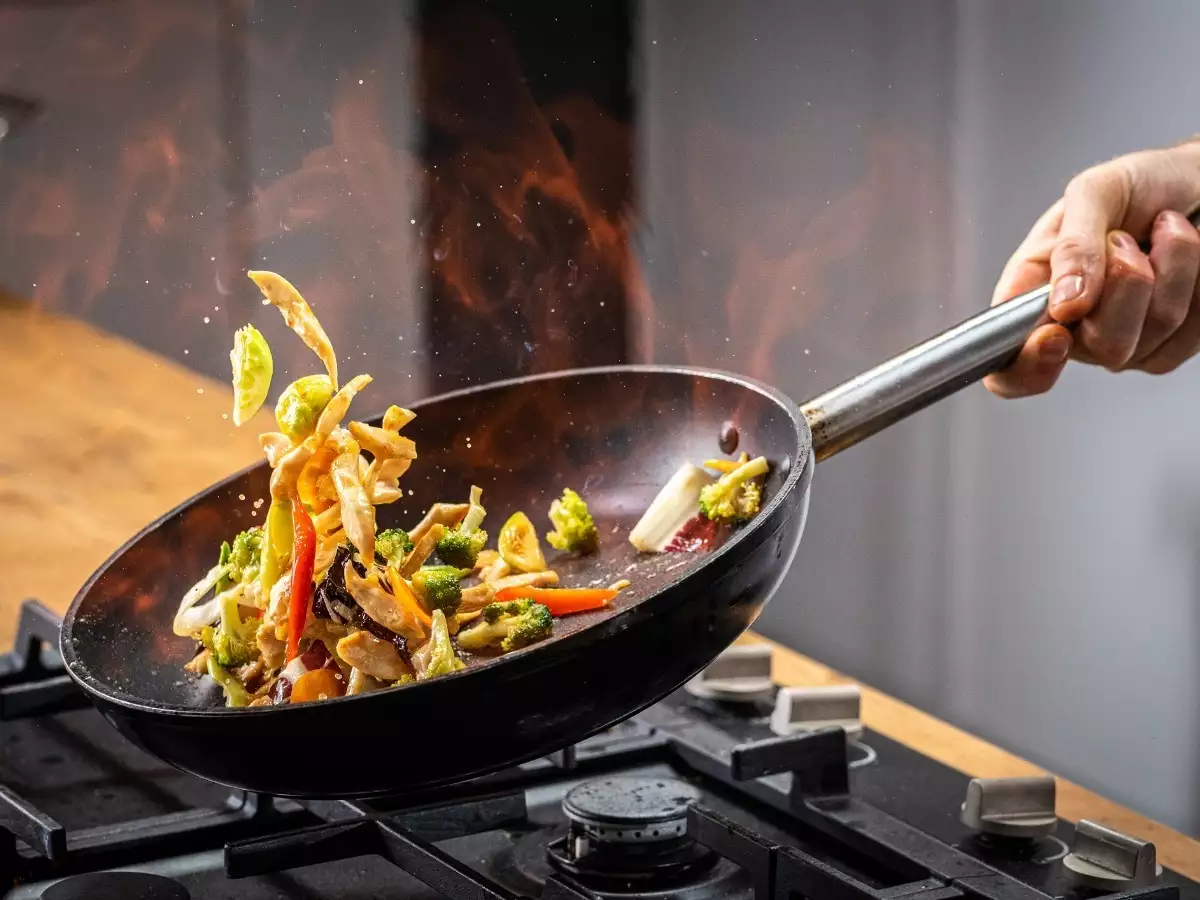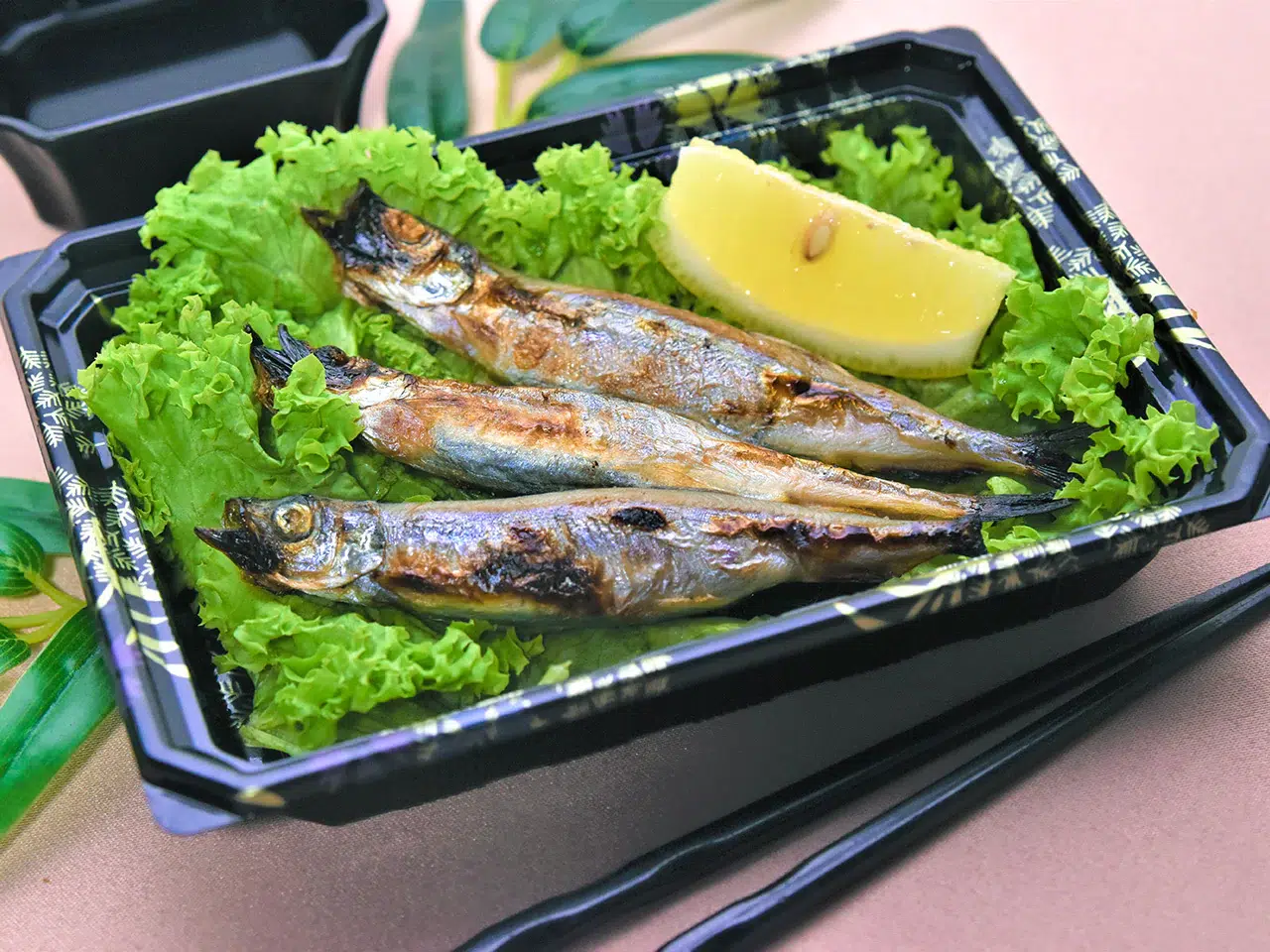Table of Contents
What is Papeda?
Papeda is a traditional dish made from the starch of the sago palm, a tree that thrives in the swamps of Eastern Indonesia. The starch is processed into a fine powder, which is then mixed with water and heated to form a thick, gluey porridge. Due to its bland flavor, Papeda is typically served alongside savory and spicy dishes, such as yellow fish soup or rich coconut-based curries. The dish’s texture is sticky and stretchy, similar to that of tapioca, and is eaten by twirling it onto a fork or stick.
Ingredients for Authentic Papeda
To make traditional Papeda, you’ll need:
For the Papeda
- Sago Flour: 1 cup (available at Asian or specialty stores)
- Water: 4 cups (divided)
- Salt: A pinch (optional)
For the Fish Soup (Optional)
- Fish: 500g white fish (such as mackerel or snapper), cleaned and cut into pieces
- Turmeric: 1 teaspoon (ground)
- Shallots: 3, thinly sliced
- Garlic: 2 cloves, minced
- Lemongrass: 1 stalk, bruised
- Lime Leaves: 3 leaves
- Coconut Milk: 1 cup
- Tamarind Paste: 1 tablespoon
- Water: 2 cups
- Salt and Pepper: To taste
- Oil: For sautéing
Step-by-Step Instructions
Step 1: Prepare the Papeda
- Mix the Sago Flour:
- In a large bowl, combine 1 cup of sago flour with 1 cup of cold water. Stir until the mixture is smooth and free of lumps.
- Heat the Water:
- In a pot, bring 3 cups of water to a rolling boil.
- Combine and Stir:
- Gradually pour the boiling water into the sago mixture, stirring continuously. The mixture will begin to thicken and turn translucent.
- Cook:
- Continue stirring over low heat until the Papeda reaches a gluey consistency. This should take about 5-10 minutes. Add a pinch of salt if desired.
- Rest:
- Once thickened, remove from heat and let it sit for a minute. The texture should be sticky and stretchy.
Step 2: Prepare the Fish Soup (Optional)
- Sauté Aromatics:
- In a large pan, heat some oil over medium heat. Add the shallots, garlic, lemongrass, and lime leaves. Sauté until fragrant.
- Add the Spices:
- Stir in the ground turmeric and tamarind paste, cooking for another minute.
- Cook the Fish:
- Add the fish pieces to the pan and coat them with the spices. Pour in 2 cups of water and bring to a simmer.
- Finish with Coconut Milk:
- Add the coconut milk and season with salt and pepper. Simmer gently until the fish is cooked through, about 10 minutes.
- Serve:
- Remove from heat and serve hot alongside the Papeda.
Tips for the Perfect Papeda
- Consistency: The key to perfect Papeda is achieving the right consistency. It should be thick, sticky, and slightly elastic. Adjust the amount of water if needed to get your preferred texture.
- Serving: Papeda is traditionally eaten with savory and spicy dishes to balance its bland flavor. Pair it with a rich fish soup or a spiced vegetable curry for the best experience.
- Eating Method: Papeda is typically twirled around a fork or bamboo stick and dipped into the accompanying dish before eating. This method helps to coat the porridge with the flavorful sauce or broth.
Nutritional Information (Approximate per serving)
- Calories: 120 kcal
- Protein: 0.3g
- Carbohydrates: 30g
- Fat: 0.1g
- Fiber: 1g
- Sugar: 0g
Note: Nutritional values may vary based on specific ingredients and quantities used.
Conclusion
Papeda is more than just a meal; it’s a cultural experience that reflects the rich heritage of Eastern Indonesia. This traditional sago porridge, with its unique texture and versatility, is a must-try for anyone interested in exploring global cuisines. Whether served with a savory fish soup or enjoyed with a simple vegetable dish, Papeda offers a taste of Indonesia’s diverse culinary landscape. Give this recipe a try, and bring a piece of Papua and Maluku into your kitchen.
External Links:





